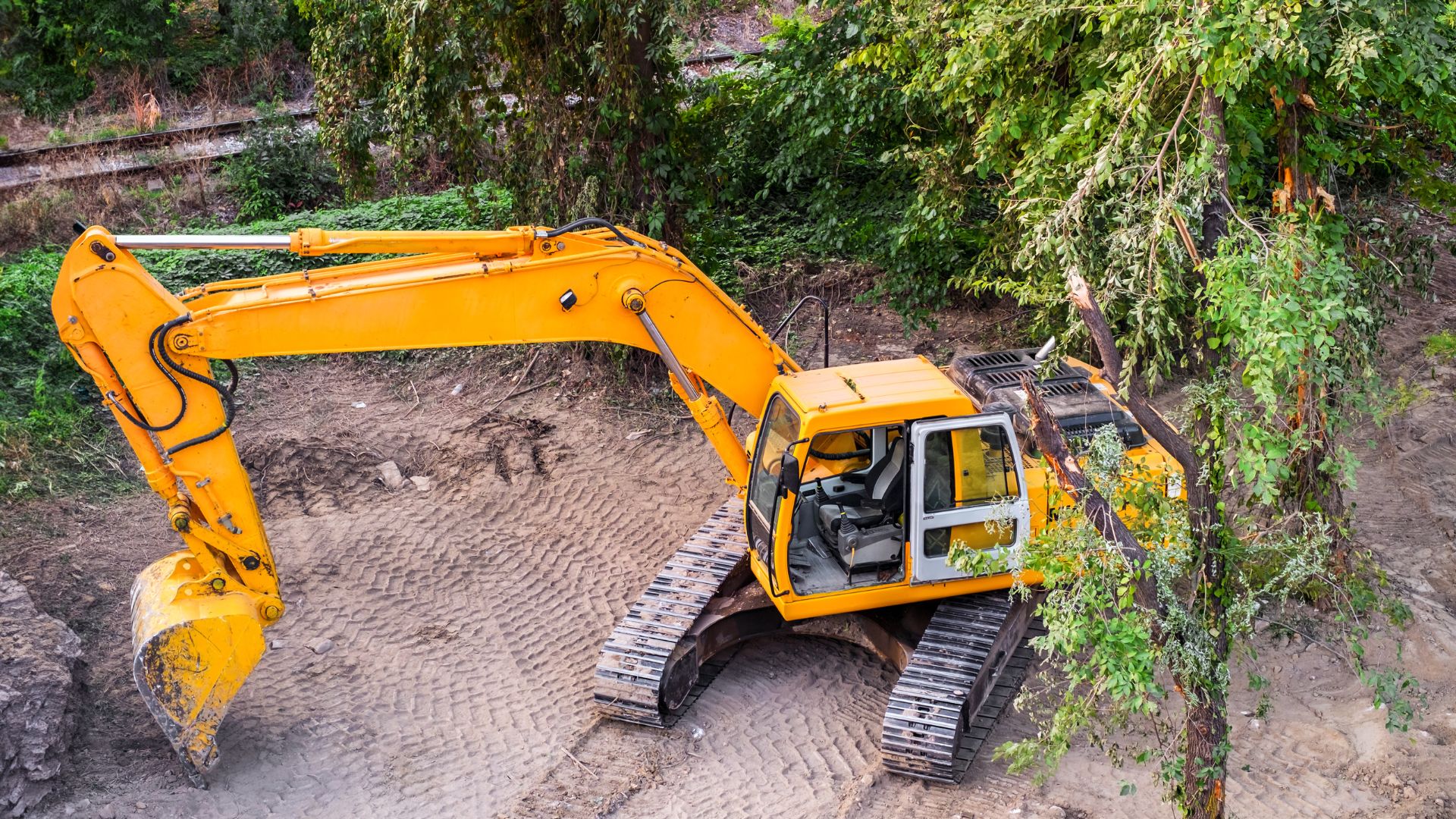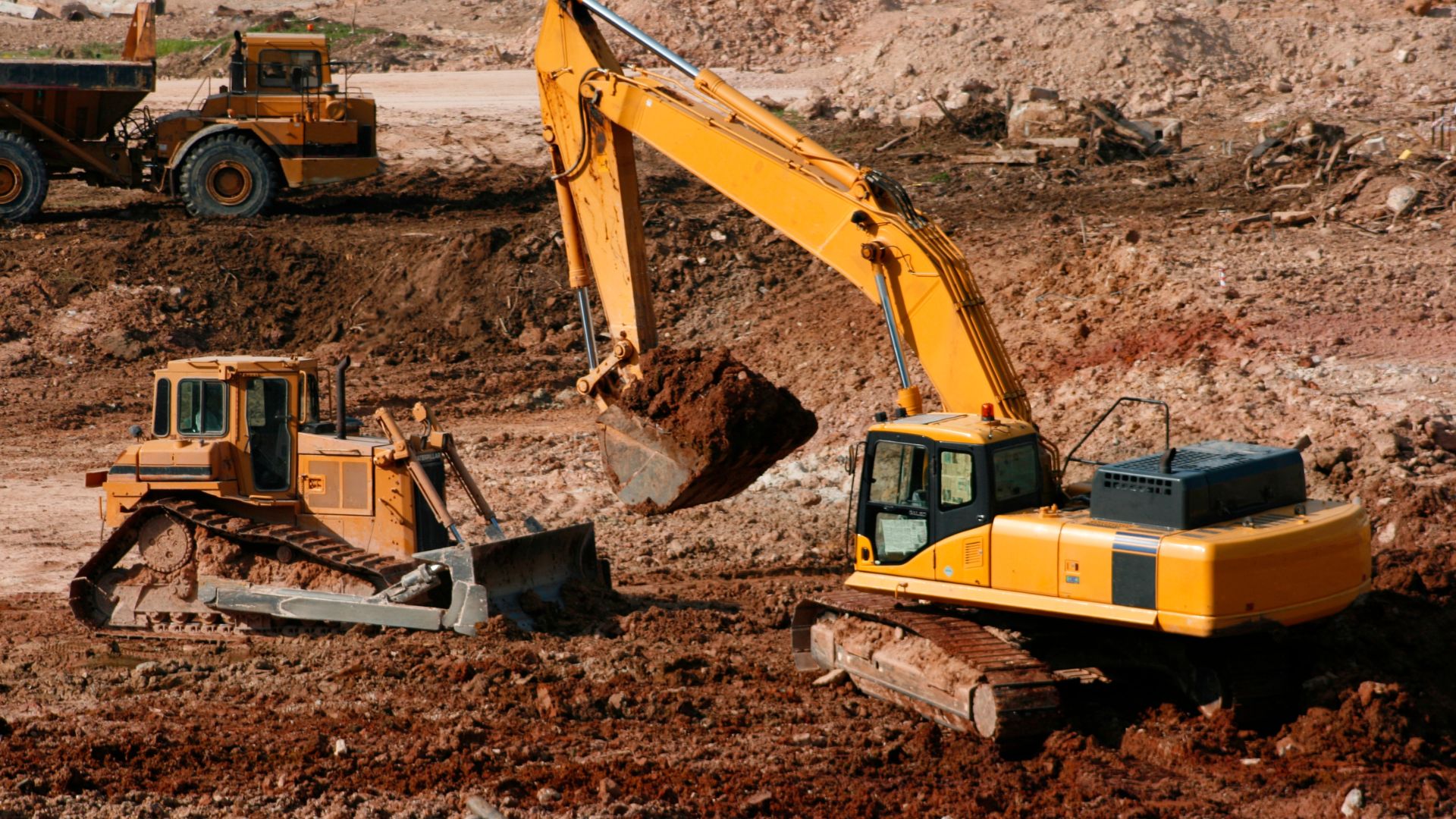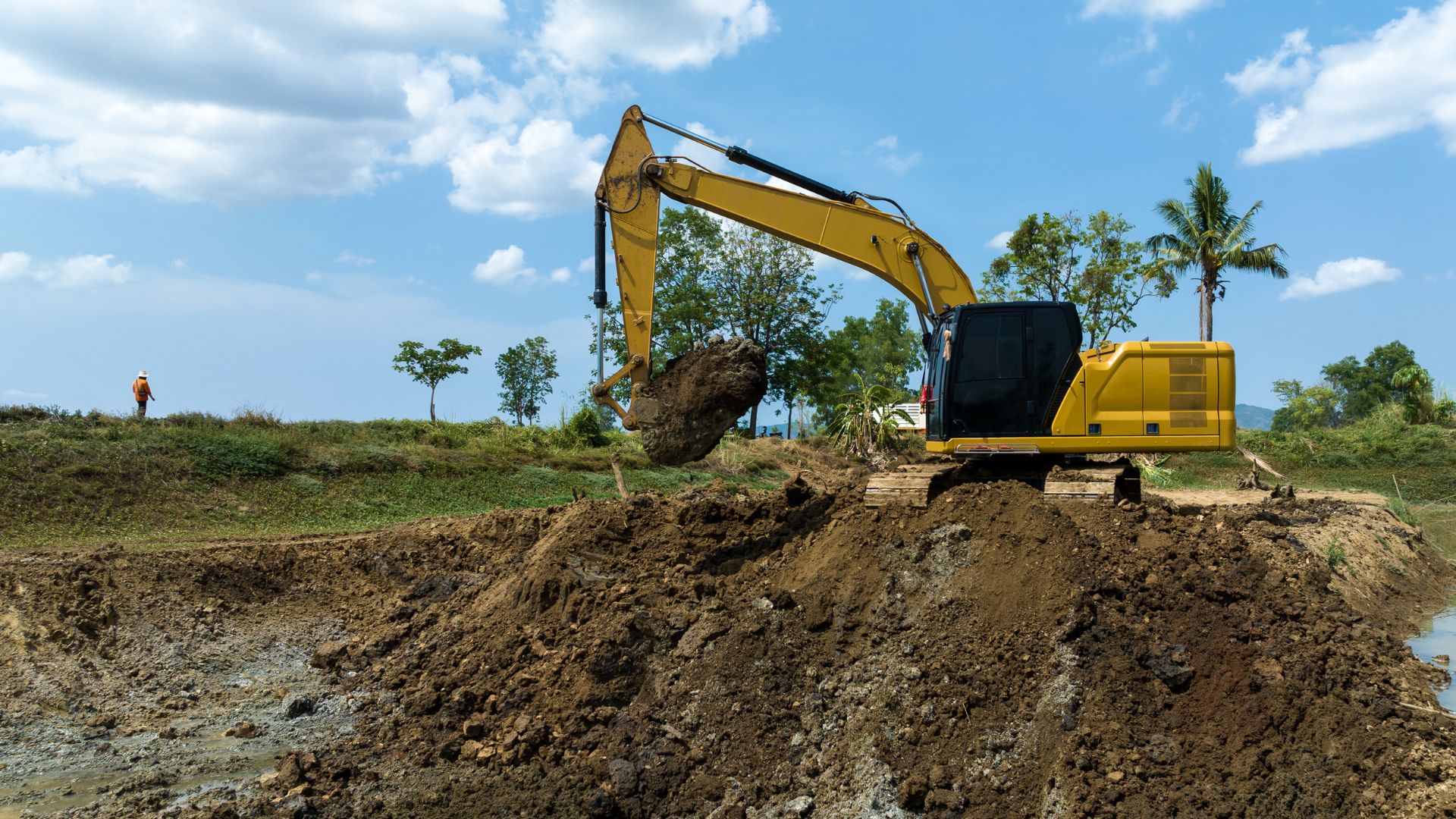Factors to Consider When Choosing an Excavation Method
- Project Type and Purpose: The type of excavation depends on whether you're digging for a building foundation, road construction, utility installation, or landscaping. Each requires different levels of depth, precision, and equipment.
- Soil Composition and Stability: Different soils (clay, sand, gravel, or rock) require different excavation techniques. Loose or unstable soil may require reinforced excavation methods, while solid rock may need blasting or specialized equipment.
- Site Accessibility and Space Constraints: Limited space or urban environments may restrict the use of heavy machinery. In such cases, manual excavation or compact equipment might be more suitable than large-scale methods.
- Water Table and Drainage Conditions: If a site has a high water table or poor drainage, special techniques like dewatering or trench shoring may be necessary to prevent flooding and soil collapse during excavation.
- Safety and Environmental Impact: Excavation should follow safety protocols to prevent cave-ins, accidents, and damage to underground utilities. Additionally, environmental considerations, such as erosion control and land restoration, play a role in method selection.

How to Choose the Right Excavation Method
- Topsoil Excavation: Used for removing surface soil containing vegetation and organic matter, making way for construction or landscaping projects.
- Trench Excavation: A method used for installing underground utilities, such as water lines, drainage systems, and electrical conduits. Requires careful depth management.
- Basement Excavation: Involves deep digging for basement foundations, requiring structural reinforcement to prevent soil collapse.
- Rock Excavation: Used for sites with hard rock formations, requiring heavy machinery, drilling, or controlled blasting for effective removal.
- Dredging Excavation: A specialized method for removing sediment and debris from water bodies, such as rivers, lakes, and harbors, to maintain water flow.
Step-by-Step Guide to Choosing the Right Excavation Method
- Conduct a Site Analysis: Assess soil conditions, drainage, and accessibility to determine excavation needs.
- Define Your Project Requirements: Identify whether you need shallow or deep excavation, trenching, or site leveling.
- Choose the Right Equipment: Select excavators, bulldozers, trenchers, or manual digging tools based on site conditions.
- Consider Safety Measures: Implement proper shoring, sloping, and protective systems to prevent collapses and accidents.
- Hire Professional Excavation Services: Experienced excavation contractors ensure efficiency, compliance with regulations, and high-quality results.



